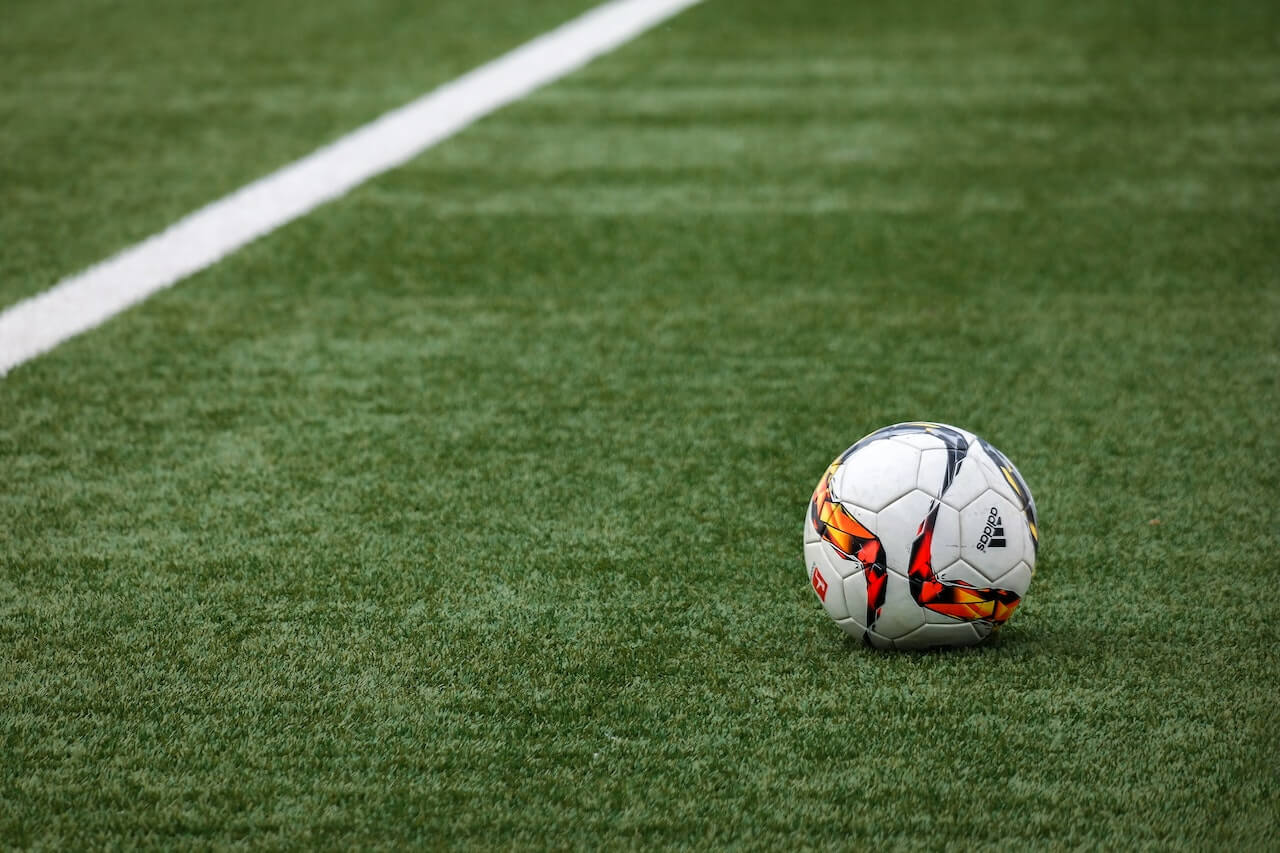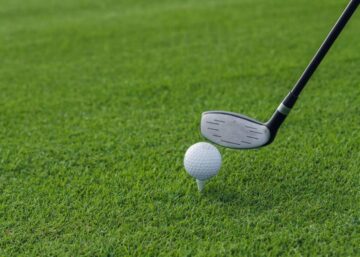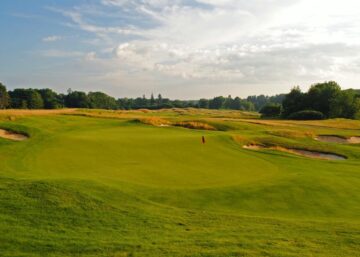Turf field soccer has become increasingly popular in recent years, with many teams and players opting for artificial grass over natural grass fields. This type of field offers several advantages, such as durability, weather resistance, and low maintenance costs.
One of the main benefits of turf field soccer is its durability. Unlike natural grass, which can become worn and damaged over time, artificial turf can withstand heavy use and remain in good condition for many years. This makes it ideal for soccer fields, which see a lot of foot traffic and can quickly become worn and muddy.
Another advantage of turf field soccer is its weather resistance. Unlike natural grass, which can become waterlogged and muddy in wet conditions, artificial turf drains quickly and remains playable even in heavy rain. This makes it a popular choice for teams and leagues that play in areas with frequent rain or snow.
Advantages of Turf Field Soccer
Turf field soccer has become increasingly popular in recent years due to its many advantages. Here are some of the main benefits of playing soccer on a turf field:
1. Durability: Turf fields are made of synthetic materials that are designed to withstand heavy use and extreme weather conditions. Unlike natural grass fields, turf fields can be used year-round without the need for extensive maintenance.
2. Consistency: Turf fields provide a consistent playing surface that is free of divots and other irregularities. This allows players to make more accurate passes, shots, and tackles, leading to a higher quality of play.
3. Safety: Turf fields are designed to reduce the risk of injury by providing a softer surface than natural grass. This can help prevent common soccer injuries such as ankle sprains and knee ligament tears.
4. Accessibility: Turf fields can be installed in a variety of locations, including urban areas where space is limited. This makes soccer more accessible to people who might not have access to natural grass fields.
5. Cost-effectiveness: Although the initial cost of installing a turf field can be higher than natural grass, the long-term cost of maintenance is significantly lower. This can make turf fields a more cost-effective option in the long run.
Disadvantages of Turf Field Soccer
Turf fields have become increasingly popular in the world of soccer. However, there are some disadvantages associated with playing on artificial turf that players and coaches should be aware of.
One of the main disadvantages of turf field soccer is the increased risk of injury. The hard surface of the turf can cause more strain on players’ joints, leading to an increased risk of knee and ankle injuries. Additionally, the lack of give in the turf can lead to more severe friction burns and abrasions when players slide or fall.
Another disadvantage of turf field soccer is the impact it can have on the game itself. The ball bounces differently on turf compared to natural grass, which can affect the way players control and pass the ball. This can lead to a less fluid and more unpredictable game, which may not suit all players’ styles.
Turf fields are also known for their high heat absorption, which can make playing on them uncomfortable in hot weather. The rubber infill used in many turf fields can also release harmful chemicals into the air when heated, which can pose health risks to players and spectators.
Finally, turf fields require more maintenance than natural grass fields, which can be costly and time-consuming. The infill needs to be regularly replaced, and the surface needs to be brushed and watered to prevent it from becoming too hard and slippery.
Maintenance of Turf Fields
Turf fields are a popular choice for soccer fields due to their durability and low maintenance requirements. However, regular maintenance is still necessary to keep the field in top condition and ensure player safety.
One important aspect of turf field maintenance is regular grooming. This involves using a specialized machine to brush the turf fibers and redistribute the infill material. Grooming helps prevent the turf fibers from matting down and keeps the field looking and playing like new.
In addition to grooming, periodic deep cleaning is also necessary. This involves removing debris, such as leaves and dirt, from the field and using a specialized machine to extract any excess infill material. Deep cleaning helps prevent compaction and keeps the field at the proper level.
Another important aspect of turf field maintenance is infill management. Infill material, such as rubber or sand, can become displaced over time due to player use and weather conditions. Regular infill top-ups are necessary to maintain the proper playing surface and prevent injuries.
Overall, proper maintenance is key to ensuring the longevity and safety of a turf field. Regular grooming, deep cleaning, and infill management are all important components of a comprehensive maintenance plan.
Safety Considerations for Turf Field Soccer
When playing soccer on a turf field, it is important to consider safety measures to prevent injuries. Turf fields are different from natural grass fields and require different precautions to ensure player safety. Here are some safety considerations to keep in mind:
- Footwear: Proper footwear is essential when playing on turf fields. Players should wear shoes with molded cleats or turf shoes to prevent slipping and reduce the risk of ankle injuries.
- Temperature: Turf fields can get very hot, especially during the summer months. Players should stay hydrated and take breaks as needed to avoid heat exhaustion or heat stroke.
- Impact: Turf fields have less give than natural grass fields, which can increase the impact on players’ joints. Players should do proper warm-up exercises and stretches to reduce the risk of injury.
- Field Conditions: It is important to inspect the turf field before playing to ensure that it is in good condition. Any holes, bumps, or uneven surfaces should be reported and repaired to prevent injuries.
- Slide Tackling: Slide tackling on turf fields can be dangerous due to the increased risk of friction burns. Players should use caution and avoid slide tackling whenever possible.
By following these safety considerations, players can enjoy playing soccer on turf fields while minimizing the risk of injury. It is important to prioritize safety to prevent long-term injuries and ensure a fun and enjoyable experience for all players.
Conclusion
Turf field soccer has become increasingly popular in recent years due to its numerous advantages over traditional grass fields. Turf fields are more durable, require less maintenance, and provide a consistent playing surface regardless of weather conditions. Additionally, turf fields allow for more frequent use and can be played on year-round.
While there are some concerns about the safety of playing on turf fields, studies have shown that the risk of injury is not significantly higher than on grass fields. In fact, some players even prefer the softer, more forgiving surface of turf fields.
Overall, turf field soccer has proven to be a valuable asset to the sport, providing a reliable and accessible playing surface for players of all levels. As technology continues to improve, we can expect to see even more advancements in turf field design and construction, further enhancing the playing experience for soccer players around the world.







